Deledda is a unique artist who used to dent beverage cans for fun until he decided to sand the surface and repeat this process with the “blank” can. The result is his famous works of art that have earned him worldwide success. He is currently collaborating with a manufacturer to make industrially sculpted cans and dreams of making his cans on an architectural scale. For the moment, all his pieces are handmade. He also manufactures personalized pens with aluminum through his Crushmetric project.
Q: Noah, your work is incredible. How did your interest in transforming aluminum cans into works of art begin?
A. My interest in sculpting aluminum cans began in 2004. I was on a road trip with friends, and after finishing a can of Red Bull, I partially crushed it and started playing with it out of boredom. I realized that the dented structure of the cylinder formed an interesting geometry. That idea stuck in my mind, and I came back to it shortly after.
Q: Can you tell us a little about the creative process behind each piece?
A: My creative process embraces imperfections: scratches and dents. The scratch wears down and polishes the surface of the can, while the dent reorganizes the structure to create shapes, patterns, and compositions.
Q: How and when does this process begin?
A: You can’t force the shape I create. It all starts with discovering what the can allows you to do, and then I work within those limitations. Sometimes, a design pushes those limitations to the edge of collapse.
Q: Do you really do everything by hand?
A: Yes! Each of my sculptures is made strictly by hand. This method allows me to maintain the essence of my work: a dented aluminum can.
Time and Evolution of Work
Q: How long does it take to complete a piece?
A: An official sculpture, ready to exhibit or sell, can take up to 20 hours to complete. However, I practice and sketch every day. A sketch is a faster, more casual exercise that takes me between 10 and 15 minutes.
Q: How many cans have you consumed before reaching that “eureka moment” that made you a unique artist in the world?
A: I’ve drunk a lot of cans and had several “eureka” moments along the way. But one of the most important moments occurred after six years of practice, when I decided to use a blank, “unbranded” can. I sanded and polished it before sculpting it. The result was impressive. The smooth, shiny surface enhanced the shapes more directly, without distractions. That’s when I decided to dedicate myself entirely to sculpting cans. Until that moment, I had been more focused on painting, and denting cans was just a hobby.
Exploring New Materials and Formats
Q: Have you experimented with other materials, or is your art focused exclusively on aluminum?
A: I have worked with aerosol cans, which are made of steel. Although the material is thicker and more difficult to manipulate, I want to continue exploring it.
Q: Since your first prototypes, have you considered creating larger pieces, sculptures, or even buildings inspired by cans?
A: Yes, I have thought about making larger pieces, and I definitely will. Creating works on an architectural scale would be incredible. I am also collaborating with a can manufacturer to explore the possibility of producing cans with sculpted shapes in an industrial setting.
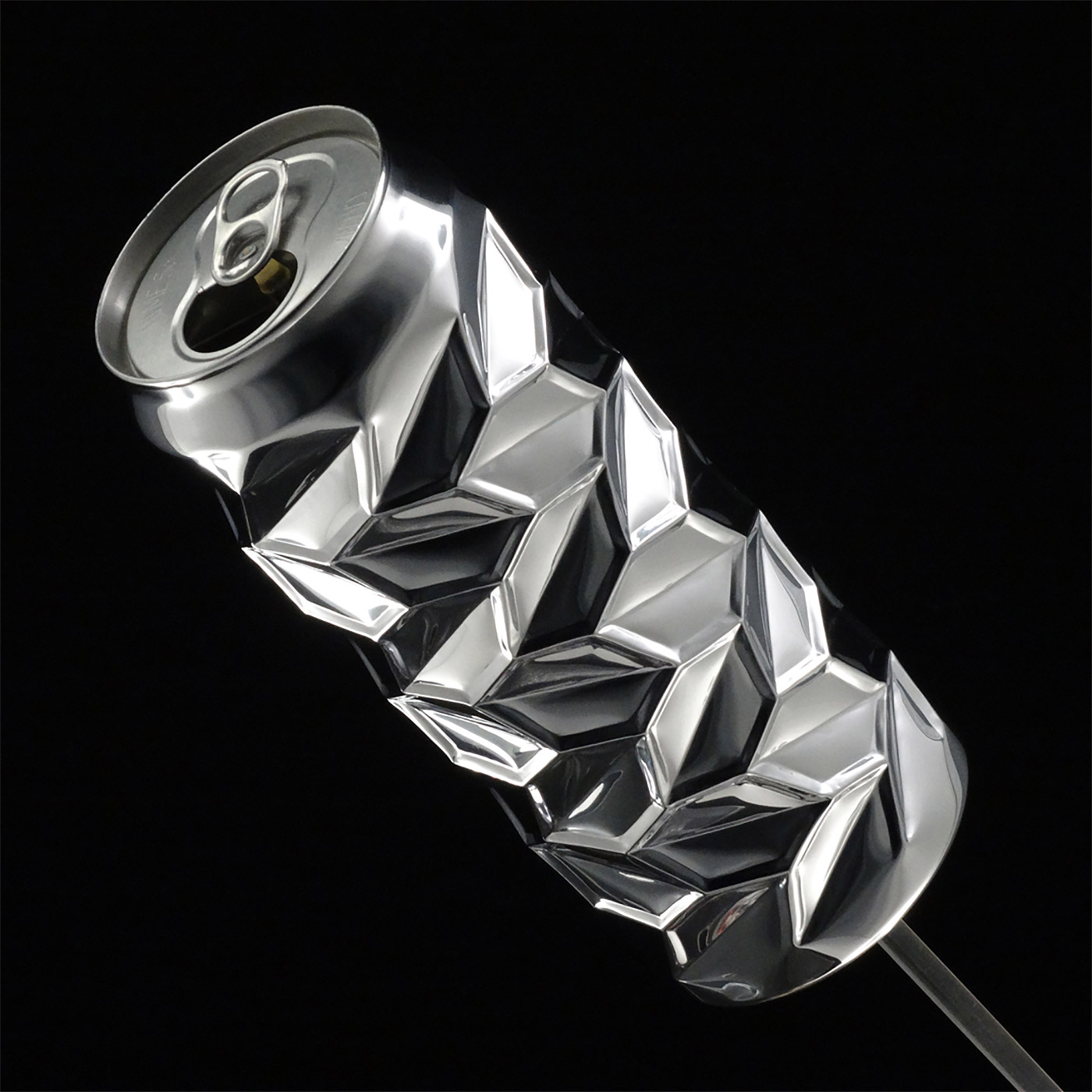
Concept and Public Reception
Q: Did your work have a concept from the beginning, or has it evolved over time?
A: At first, the concept was not clear. Like the technique, it developed over time. The idea took shape when I combined the act of scratching with that of denting, consolidating the concept of accepting what would normally be considered a defect.
Q: How has the public received your art?
A: When I started sharing my work, the most common question was: “How did you do it?”. I like that my art sparks curiosity, although many people doubted that I did it by hand. In general, my work has been well received around the world, probably because the aluminum can is a familiar object, but I present it in a new way.
Q: You have exhibited your work in different places around the world. What has been the most memorable experience of your career so far?
A: I have enjoyed traveling to share my art. Two of the most memorable experiences have been at Art Basel in Basel, Switzerland, and at the Swiss Art Expo in Zurich. Both events allowed me to interact with the public and demonstrate my technique.
Crushmetric and New Creations
Q: Now you have a “crush” on your new project, Crushmetric. Tell us what it’s about.
A: Crushmetric is a product line based on a shape-shifting mechanism I invented in 2018. The idea comes directly from my art and its relationship to mathematics and physics. I analyzed and applied these principles to develop something completely new, officially launching it in 2021.
Q: Crushmetric’s first product was the SwitchPen, a pen whose surface changes texture with a simple click, mimicking the effect of your can sculptures. How did you go from cans to pens?
A: When I invented the Crushmetric mechanism, all my prototypes were handmade with molds and hand tools. Then I started using design software and a 3D printer. In one experiment, I decided to print the mechanism in its smallest possible version, and it turned out to be the size of a pen. That’s how the idea for the SwitchPen was born.
Q: Do you have new creations on the way?
A: Yes, I have several exciting ideas for the future. Among them, new sculptures, a large-scale application of my sculptural work, and more products and collaborations within Crushmetric.
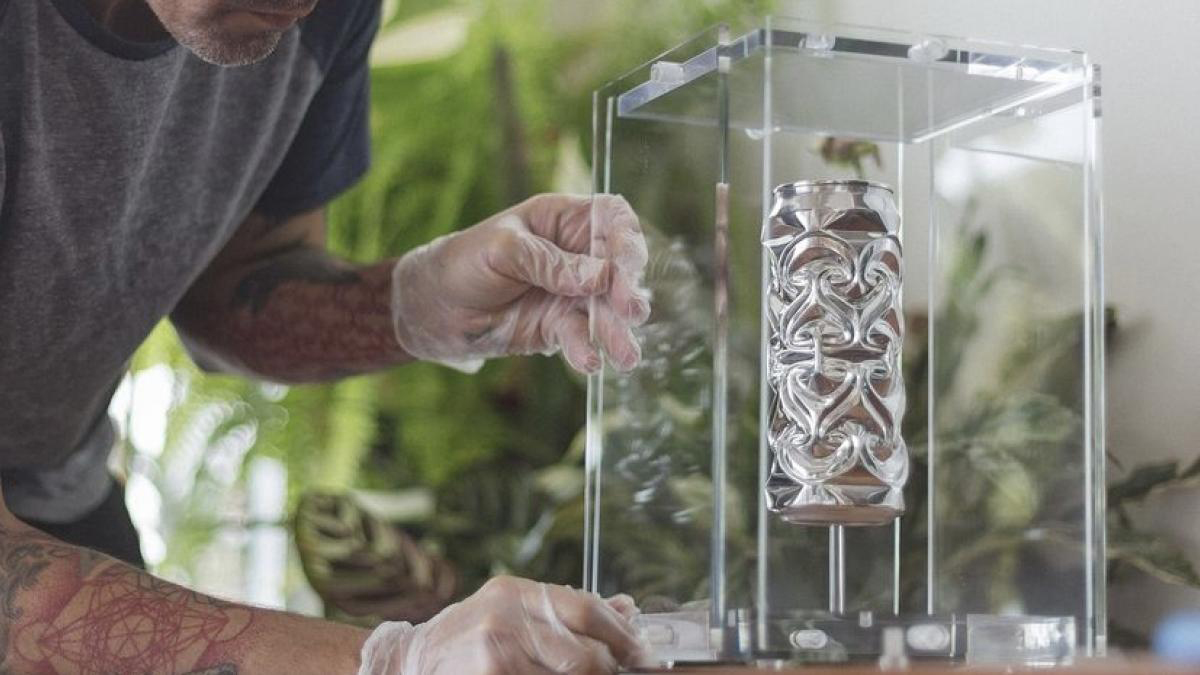

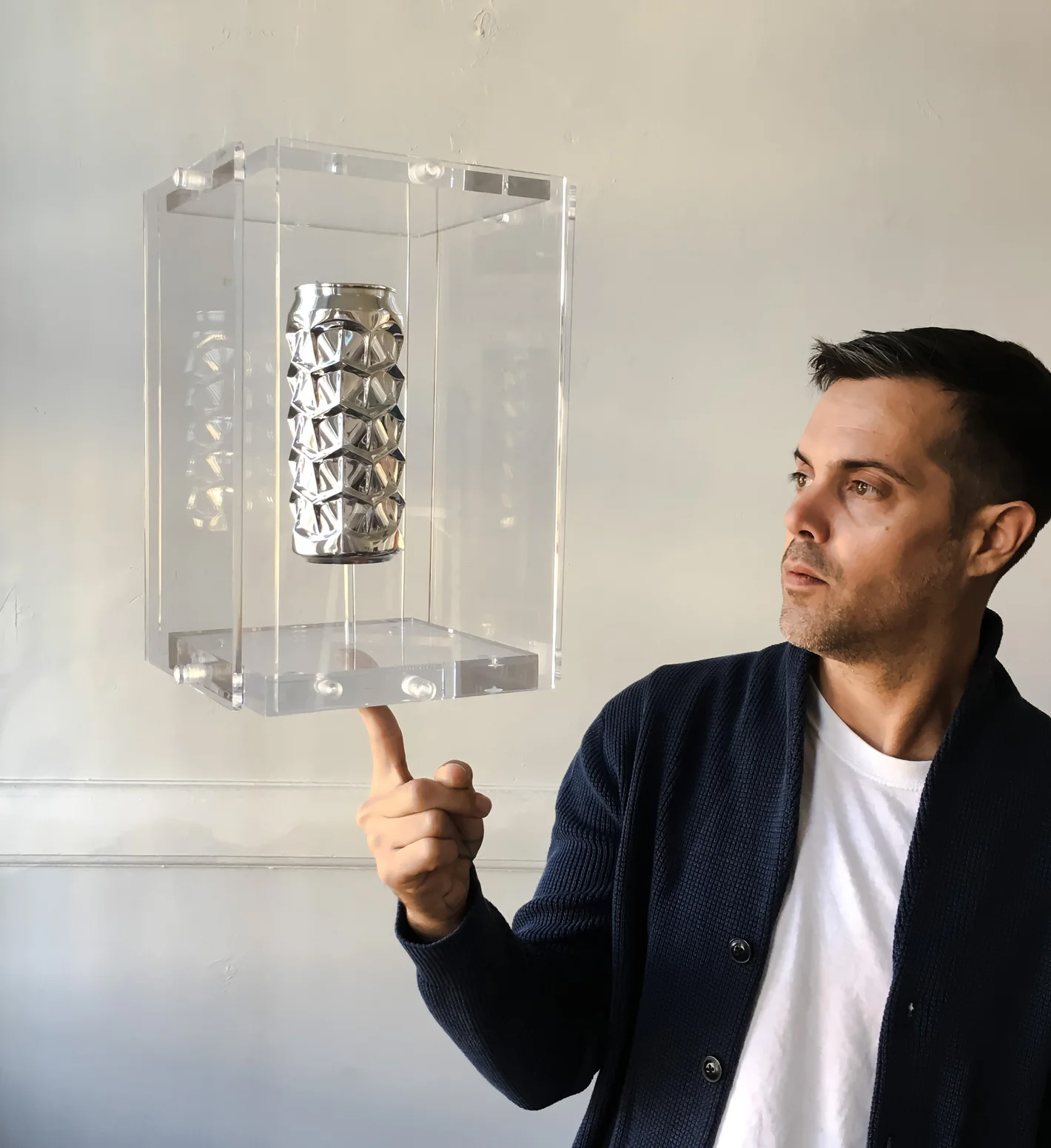
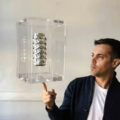
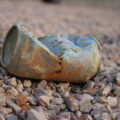
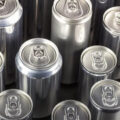
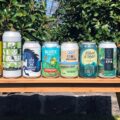
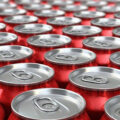
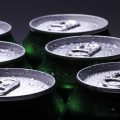
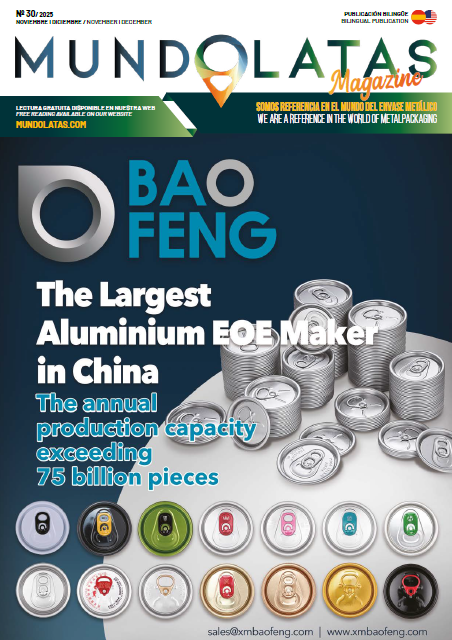

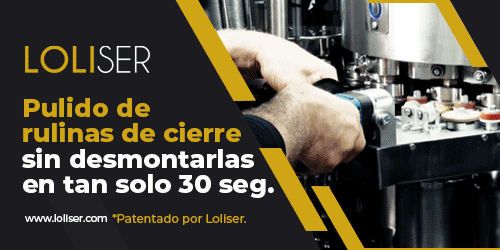
0 Comments